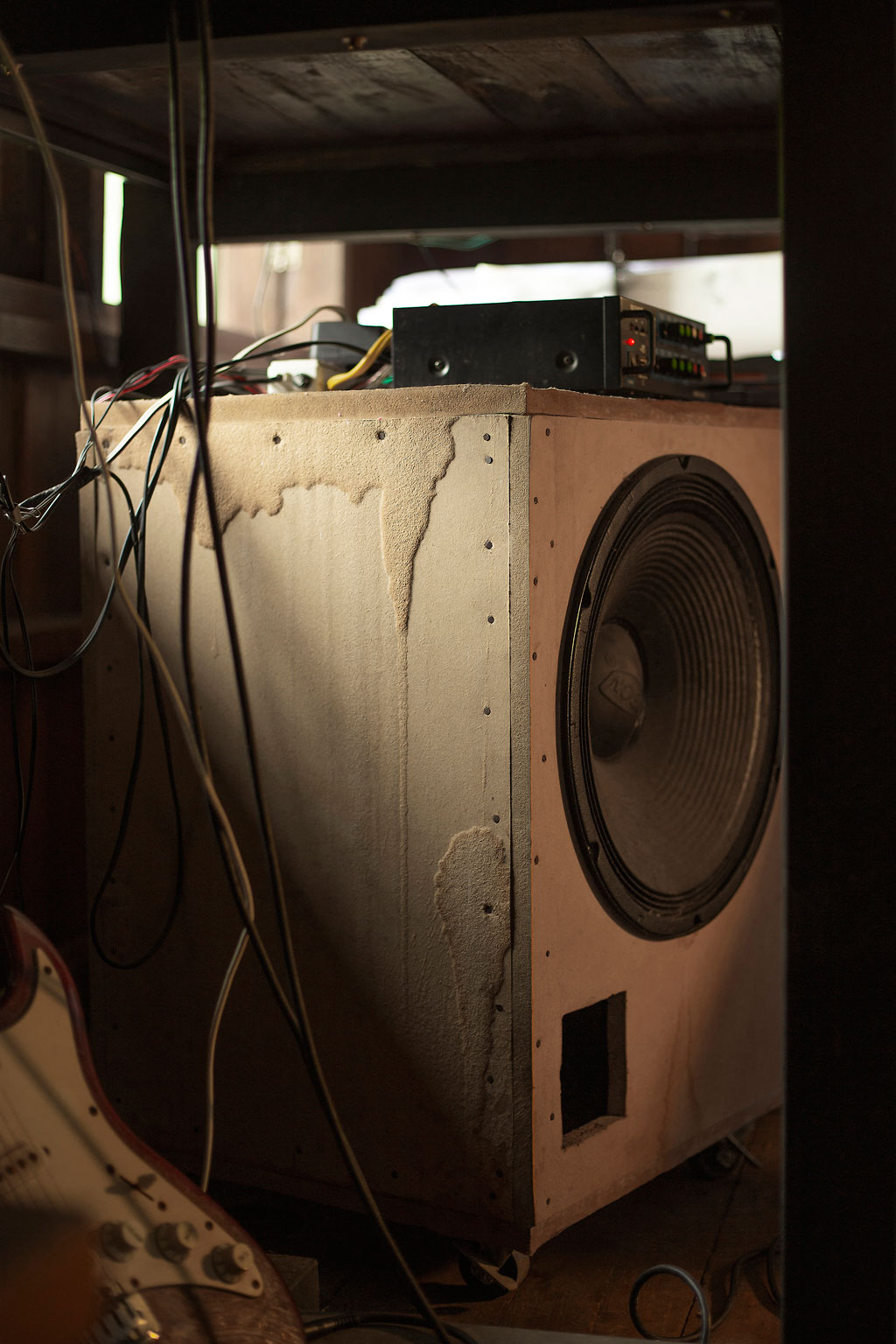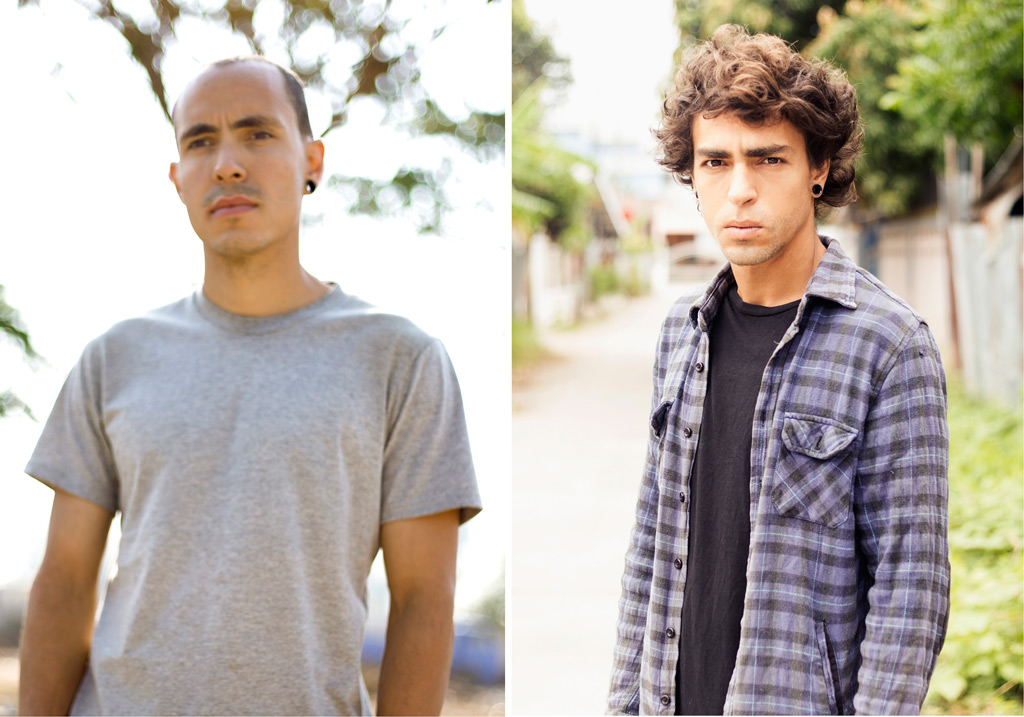La Lavadora
La lavadora accidentally challenges the concept of what a speaker is according to sound engineers; as of personality or character, a speaker should theoretically have none, since it’s a reproducer, not a musical instrument.
Conceived to be a temporary solution, the chosen material has a short lifespan, medium density fiberboard panels. The construction was quick, not precise. The resulting sound quality was as expected: poor.
The cabinet became an object of interest for us after an incident during an unpredicted tropical storm The object was exposed to the rain for hours, nails instead of glue and lack of wood sealant helped the fibers soak the water. Opposite of what was expected, the sound improved, the low frequencies were warmer; it had built a particular personality.
Still in use, the interior is left undisturbed, allowing the microorganisms growing inside to continue their sound shaping task.
Yago and Juan Cuevas
Yago and Juan Cuevas grow up together sharing common interest on creating objects with repurposed materials. After specializing in different fields, architecture and civil engineering, Yago experimented with natural materials in rural areas of Europe, while Juan focused on environmental passive strategies on large scale architecture projects in Asia.
The brothers joined paths in Thailand in 2015, where Estudio Cavernas was spontaneously established with the purpose of building sustainable architecture for displaced migrants from Burma.
The material palette in their projects follows the vernacular architecture of the context. The preference for handcrafted finishes sets a particular rhythm at the construction site; earth is pressed into bricks and rammed into walls, solid timber truss beams are assembled in situ with a minimal set of tools.
Since then, the studio has successfully completed several interventions in different marginalized communities in the Thai-Burma border with the collaboration of local organizations and educational institutions.




